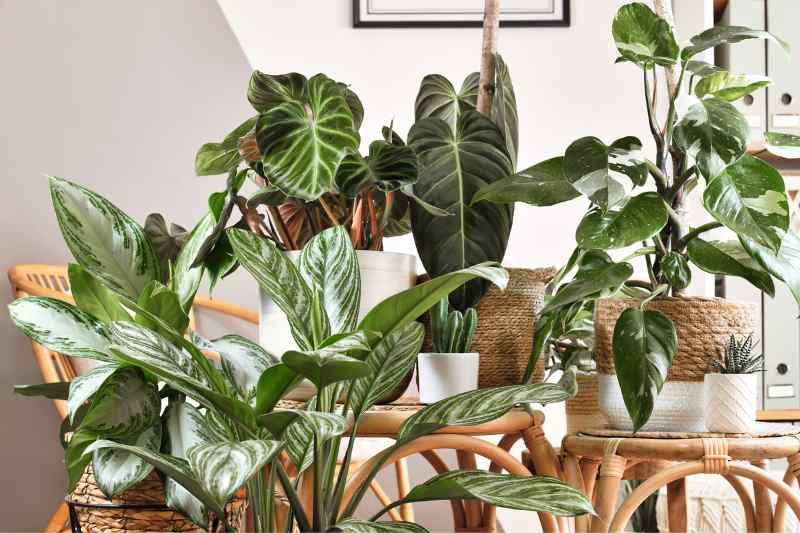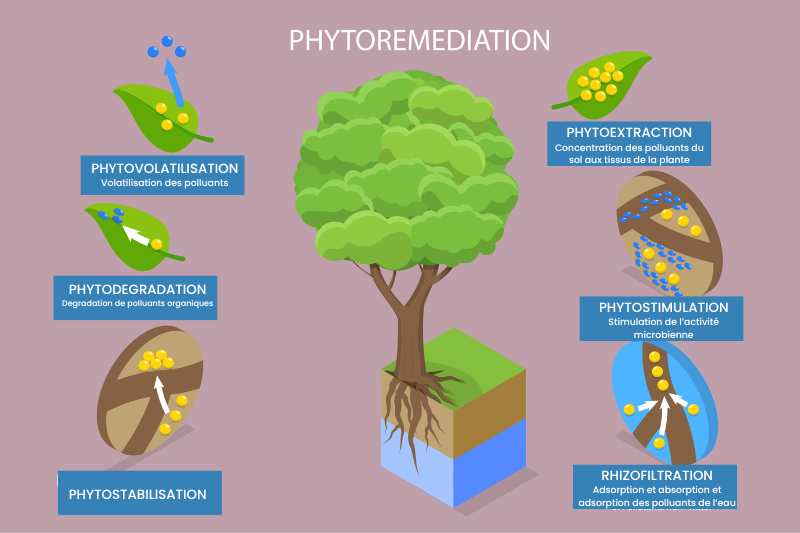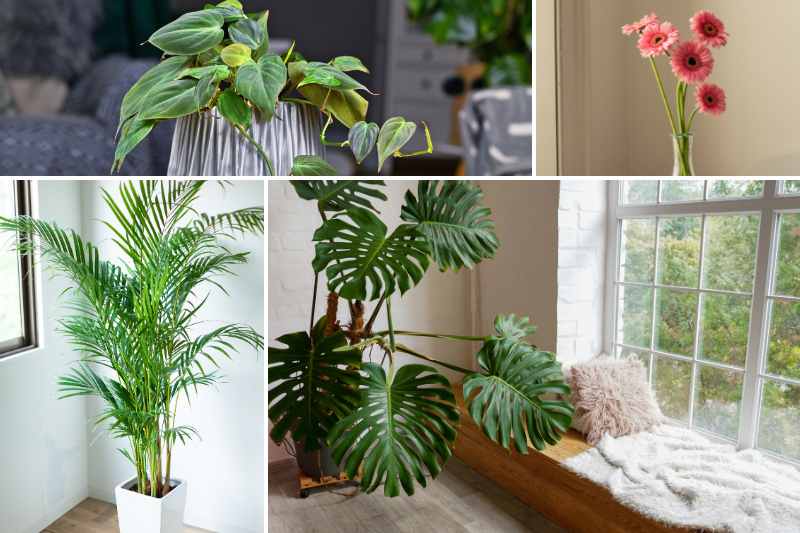The air in our homes is polluted! Yes, indeed, I assure you. And this pollution creeps in insidiously like a distant cousin at Christmas dinner. So, you might be wondering: 'How can I chase away this invisible scourge without installing an air purification factory in my living room or office?' Look no further! Indoor air-purifying plants are here to save the day. Natural, elegant, and much more discreet than a huge machine, these chlorophyll superheroes clean the air without asking for a salary. So, get ready to green your interior while breathing healthier air!

Pollutants at home
If you thought your four walls protected you from all the grime outside, think again! Indoor air pollution is a very real issue. From asbestos to volatile organic compounds (VOCs), including formaldehyde and fine particles, your home can quickly become a cocktail of harmful substances.
The sources of pollutants in our homes are indeed diverse and varied, ranging from cleaning products to building materials. Cleaning products, for instance, can emit harmful volatile organic compounds. Furniture and flooring, especially if made from particleboard or plywood, can release formaldehyde. Cooking appliances, particularly those running on gas, emit carbon monoxide, fine particles, and other polluting gases. Scented candles and air fresheners can also contribute to indoor air pollution.
Other less obvious sources include human activities such as smoking, which introduces tobacco and other toxic substances into the air, or excessive use of aerosols. Not to mention building materials like asbestos, which may be present in older buildings, and lead-based paints.
So, open the windows, let in some fresh air, and seriously consider equipping yourself with air-purifying plants to breathe healthier air!

How can green plants help us?
Through a process called phytoremediation, certain air-purifying green plants can absorb, filter, and neutralise various pollutants such as volatile organic compounds (VOCs), formaldehyde, and carbon monoxide (CO). They transform these unappealing compounds into less harmful elements or store them in their roots, all while remaining discreet. A true natural atmospheric cleaning that allows you to breathe healthier air while adding an aesthetic touch to your living space.
Phyto... what?: Phytoremediation refers to an ecological method that uses plants to eliminate, contain, or transform contaminants present in soil, water, or air. This term comes from the combination of two words: "phyto," meaning plant, and "remediation," which refers to the action of correcting or treating a problem. The plants used in phytoremediation have the ability to absorb pollutants like heavy metals (for example: Indian mustard or sunflower), volatile organic compounds, or hydrocarbons, and either store or transform them into less harmful substances. This technique for restoring contaminated agricultural land is particularly valued for its low environmental footprint and relatively low cost compared to other decontamination methods.

What are the most effective indoor plants?
Some indoor plants stand out particularly in the field of air purification. Among the stars of atmospheric cleaning is the famous Ficus elastica, commonly known as 'Rubber Plant', which excels at eliminating volatile organic compounds. The Spathiphyllum sp., or 'Peace Lily', is another champion that effectively removes formaldehyde and ammonia.
And what about the Sansevieria trifasciata, also known as 'Mother-in-Law's Tongue', which has the unique ability to purify the air even at night through a special photosynthesis process? This plant is effective against benzene, formaldehyde, toluene, xylene, and trichloroethylene. Let's not forget the Chlorophytum comosum, or 'Spider Plant', ideal for eliminating toxins like carbon monoxide and xylene.
We can also mention Aloe vera, a popular plant known for its medicinal properties, but also effective against formaldehyde and benzene. There’s also the Dracaena, available in several varieties, which excels at eliminating volatile organic compounds.

The Philodendron (and Monstera) is another interesting option, especially for eliminating xylene and formaldehyde. The Areca, or indoor palm, is particularly effective at humidifying the air and eliminating toluene and xylene. Finally, the Gerbera is very effective against trichloroethylene, a solvent often used in dry cleaning.

A little word from Oli: While indoor plants are often presented as allies for improving air quality, it is crucial to remember that they are not a panacea. Certainly, some species can help reduce levels of certain pollutants, but expecting them to work miracles would be like hoping your vacuum cleaner could also make coffee. These plants do not replace good ventilation or an effective ventilation system. Moreover, their ability to eliminate pollutants is often limited compared to the sources of pollution present in our homes, such as cleaning products, particleboard furniture, or cooking appliances. So, let’s keep in mind that while adding air-purifying plants to your interior is an excellent idea for contributing to a healthier habitat, they should not be your only line of defence against indoor air pollution.
And outside?
One might legitimately ask the question. Can plants purify outdoor air? Well, the answer is yes.
Although the concentration of pollutants is generally lower outdoors than indoors, plants like ivy, bamboo, or certain grasses are known for their ability to filter atmospheric pollutants like benzene, formaldehyde, and trichloroethylene. In urban areas, where air pollution is a major issue, using these plants in public gardens, private gardens, or even green facades can help improve air quality.
It is also possible to use air-purifying plants in urban agriculture projects or community gardens. This not only helps to purify the air but also beautifies public spaces and creates biodiversity zones.
However, it is important to remember that these plants are not a miracle solution and should be integrated into a broader air quality management strategy, which could include measures such as reducing vehicle emissions or using eco-friendly building materials.
































Comments